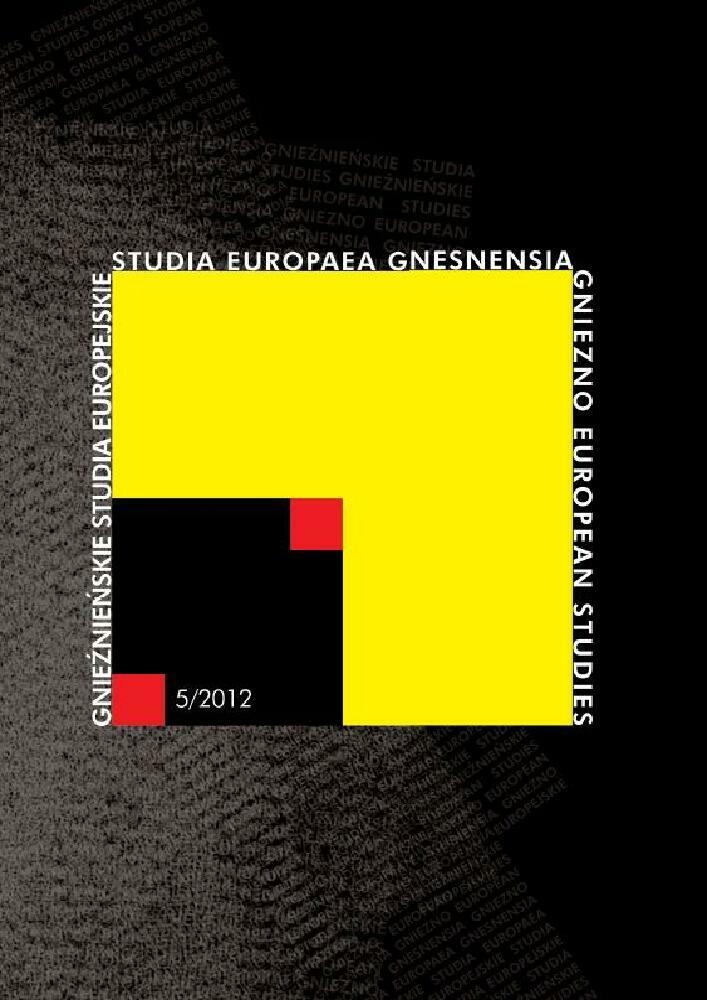Abstract
Pliny the Elder, a high ranking state official and a Roman scholar, the author of Naturalis Historia (NH), in the geographical books (III-VI) entitled situs, gentes, maria, oppida, portus, montes, flumina, mensurae, populi qui sunt aut fuerunt, presented the orbis terrarum universus - orbis Romanus, in other words pars nostra terrarum. The basis of the description of the world is provided by the locorum nuda nomina. Within this framework, the Encyclopaedist included the description of the Iberian Peninsula (Hispania); in more precise terms, it was made a part of the European periplus (books III-IV). The description of Spain is interspersed with remarks of etymological, ethnographic or geographical nature. In 197 BC, Spain underwent its first division into two provinces – the Nearer Hispania (provincia Hispania Citerior) and the Further Hispania (provincia Hispania Ulterior). The division persisted until the times of Augustus, when the conquest was completed and Roman administration in Hispania reorganised. Ultimately, the Iberian Peninsula was split into three provinces: Hispania Citerior Tarraconensis, Hispania Ulterior Baetica and Hispania Ulterior Lusitania. At present, there is some debate concerning the course of reorganisation of the Roman administration in Hispania under the first emperor. The matter concerns the stages – phases in which the three Roman provinces on the peninsula came into existence. The issue has been additionally complicated by Augustus’ edict of 15 BC, discovered in Spain in 1999, which mentions a provincia Transduriana. In the Indices of the geographical books, Pliny presented the units he would use as reference when describing orbis terrarum universus. With regard to Spain, he indicated that he would rely on the administrative division of Hispania which was valid in the latter half of the 1st century AD - Baetica, Nearer Hispania (Hispania Citerior) and Lusitania. At the same time he remarked that he would present the Atlantic coast of Nearer Spain and Lusitania according to the European periplus, i.e. in the final part of book IV. It has to be observed that first Pliny the Elder presented the current administrative division of the Iberian Peninsula for the latter half of the 1st century AD. The principal political-administrative narrative was skilfully supplemented with historical facts (which resulted from the previous assumptions - locorum nuda nomina and res, historiae et observationes). In doing so, he resorted to the sources at his disposal. To begin with, he based his narration of the up-to-date administrative sources, which allowed him to present the current administrative division of the peninsula. At the same time he did not fail to refer to earlier sources, for instance Agrippa’s work, as well as an inscription commemorating the successes of Pompey Magnus. Pliny’s account is characterised by a historical point of view. The Encyclopaedist subjected the above sources to a historical analysis. He attempted to enhance the description of the present state with information from the past. The facts extracted from those were provided with remarks of historical nature.
References
Beltrán Lloris F., Locorum nuda nomina? La estructura de la descripción pliniana de Hispania, [dans:] G. Cruz Andreotti, P. Le Roux, P. Moret (eds.), La invención de una geografía de la Península Ibérica, vol. II. La época imperial, Málaga–Madrid 2007, p. 117, n. 9.
Costabile F., Licandro O., Tessera Paemeiobrigensis: un nuovo editto di Augusto dalla «Transduriana Provincia» e l’imperium proconsulare del princeps: rendiconto preliminare, Roma 2002, p. 57.
Houston G.W., Roman Imperial Administrative Personel during the Principates of Vespasian and Titus (A.D. 69–81), University of North Carolina (diss.), 1971, p. 306–310.
Mommsen Th., Eine Inschrift des Ältern Plinius, Hermes 19, 1884, p. 644–648.
Münzer F., Die prokuratorische Laufbahn des älteren Plinius, Bonner Jahrbücher 104, 1899, p. 103– –111.
Naas V., Le projet encyclopédique de Pline l’Ancien, Rome, 2002, p. 86–87.
Nicolet Cl., L’inventaire du monde, p. 41–48; P. Arnoud, Introduction: La géographie romaine imperiale, entre tradition et innovation, [dans:] G. Cruz Andreotti, P. Le Roux, P. Moret (eds.), La invencion de una geografía de la Península Ibérica, p. 27–30.
Nicolet Cl., L’inventaire du monde. Géographie et politique aux origines de l’Empire romain, Paris 1988, p. 184.
Ojeda J.M., El servicio administrativo imperial ecuestre en la Hispania romana durante el Alto Imperio, I. Prosopografía, Sevilla 1993, p. 135.
Oliveira Fr., A imagem da Hispânia em Plínio-O-Antigo, [dans:] II Congreso peninsular de História antiga: Coimbra, 18 a 20 de outubro de 1990, Coimbra 1993, p. 100; idem, Lusitânia rural em Plinio o Antigo, Studia historica. Historia antigua 10–11, 1992– –1993, p. 33.
Pflaum H.G., Les carrieres procuratoriennes équestres sous le Haut Empire romain, I, Paris 1960, p. 106–111.
Rodriguez Colmenero A., Augusto e Hispania. Conquista y organizacion del norte peninsular, Bilbao 1979, p. 143.
Santos Yanguas N., El ejército y la romanización de Galicia: conquista y anexión del noroeste de la Península Ibérica, Oviedo 1988, p. 49–50.
Serbat G., Pline l’Ancien. Etat présent des étudesd dur la vie, son ouvre et son influences, Aufstieg und Niedergang der römischen Welt. Geschichte und Kultur Rom sim Spiegel der neutre Forschung II 32. 4, Berlin–New York 1986, p. 2069–2200. DOI: https://doi.org/10.1515/9783110890785-001
Sherwin-White N., The Letters of Pliny. A historical and social Commentary, Oxford 1966, p. 217–221.
Syme R., Carries et amis comsulaires de Pline, [dans:] J. Pigeaud, J. Oroz (eds.), Pline l’Ancien, témoin de son temps, Salamanca–Nantes 1987, p. 539–547.
Syme R., Pliny the Procurator, [dans:] E. Baldwin (ed.), Roman Papers, II, Oxford 1979, p. 742–773.
License
Copyright © 2012 by IKE and PTPN
